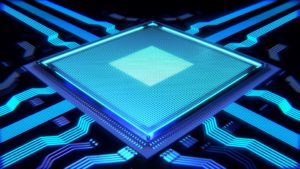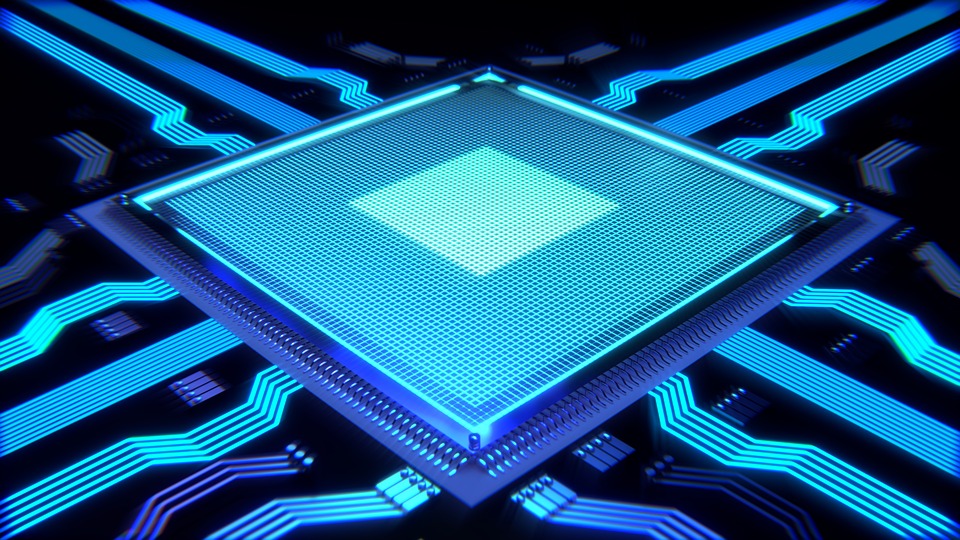Planning for the future optimization of your technology architecture? With the Industrial Internet of Things (IIoT) using the the Internet of Things (IoT) technologies in manufacturer settings, utilizing edge computing solutions is going to be critically important in capturing data from smart machines to increase efficiency in operations, quality control and supply chain management. Helping companies generate massive amounts of data and bridging the gap between information and operational technology is the goal of using IIoT technology in the first place. However, if the data is unable to be accessed and processed in real time of the smart “things” that live remotely on the “edge” of the network to collect the data is lost and potentially not as valuable . 
Edge computing helps with the challenge of harnessing information and making it relevant to the business for decision making purposes by being able to process data closer to where it lives. With the growth in IIoT capabilities, edge computing is being looked at as the next generation in cloud computing where there is more movement away from the cloud towards edge computing devices. Eliminating the need for costly network bandwidth additions, addressing sensitive data security issues and improving enterprise-wide connectivity can all be alleviated with the utilization of edge computing solutions. Read full article here.





 improvement plans has forced manufacturing organizations to take a closer look at the industrial network edge and all the collective machines and devices housed there. In the world of manufacturing the idea of the utilization of smart machines and smart manufacturing to reduce machine downtime; as well as having remote access and greater production flexibility is not a new concept. Enterprise initiatives such as big data analytics, cloud-based applications and remote machine monitoring and service are the drivers behind the increased focus and the vision for the role of the industrial network edge.
improvement plans has forced manufacturing organizations to take a closer look at the industrial network edge and all the collective machines and devices housed there. In the world of manufacturing the idea of the utilization of smart machines and smart manufacturing to reduce machine downtime; as well as having remote access and greater production flexibility is not a new concept. Enterprise initiatives such as big data analytics, cloud-based applications and remote machine monitoring and service are the drivers behind the increased focus and the vision for the role of the industrial network edge.